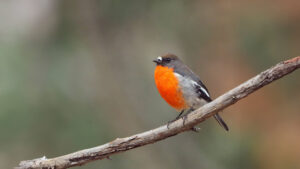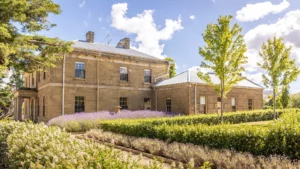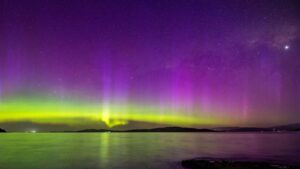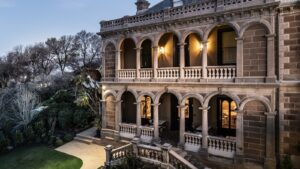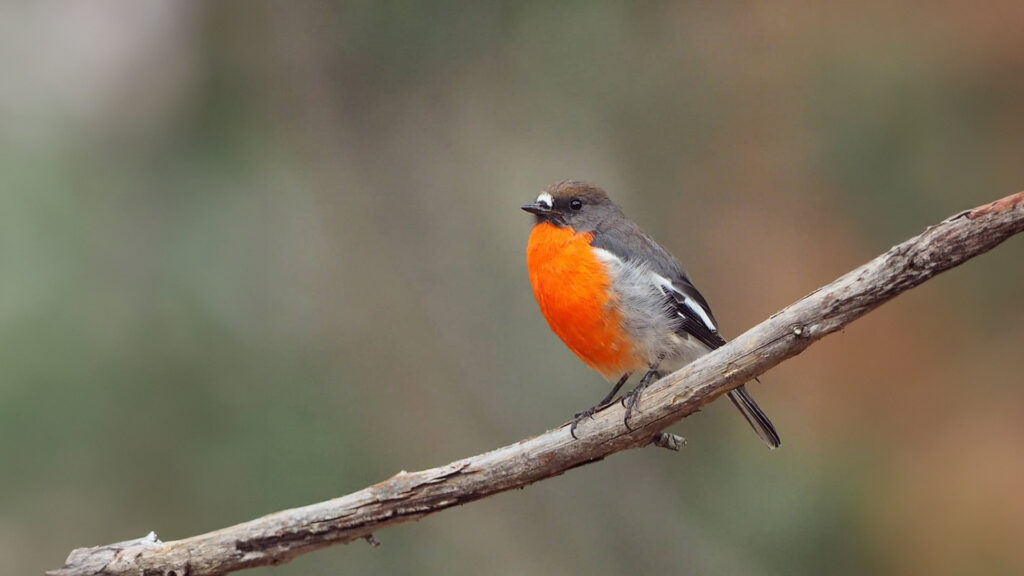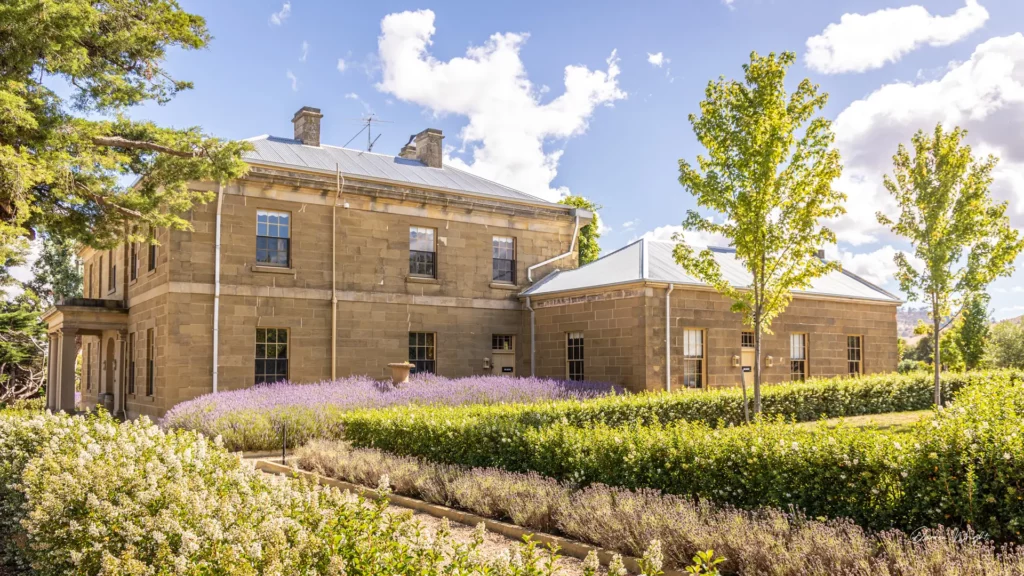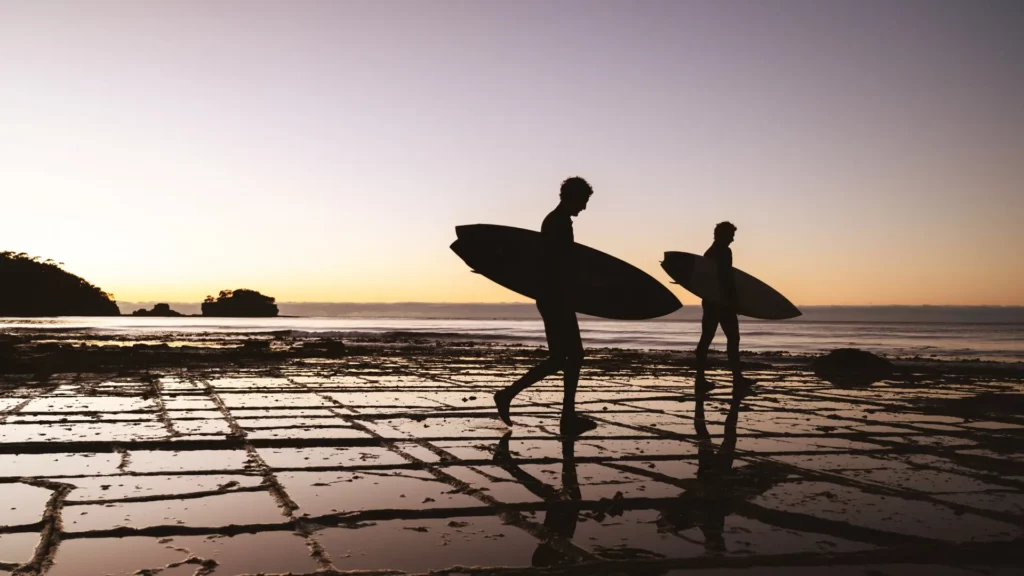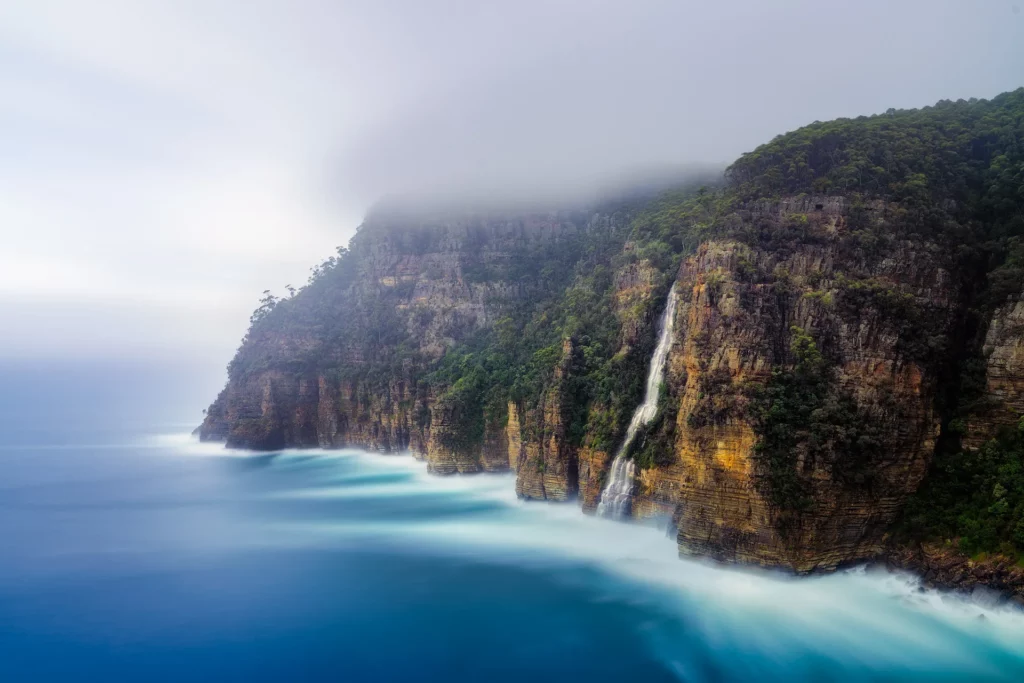So you are planning a trip to Southern Tasmania and you are looking for some great photography spots? Let us assume you are already checking out the amazing #hobartandbeyond and #discovertasmania hashtags on Instagram, because who wouldn’t be? Tasmania is packed full of spectacular scenery, amazing wildlife and natural wonders. No matter which direction you head in you are only a few minutes from some of the most incredible natural environments you will find anywhere in the world.
Our World Heritage Wilderness Area, world class beaches, endless waterways, spectacular rainforest and breathtaking rugged coastline makes Tasmania an extremely popular destination for photographers the world over. So get your cameras ready and let us share some local tips from our local sunset stalker, waterfall hunter, lover of long exposures and nocturnal nut – Hobart & Beyond’s adventurous photographer and Instagrammer @tassiegrammer.
1. Mt Wellington
High up above Hobart at 1270 meters you will find a photographers paradise. The pinnacle of Mt Wellington / Kunanyi is surely one of the most sought after locations to snap off some shots for anyone visiting Southern Tasmania. But the very top of the mountain is only a small part of the attraction – the entire Wellington Park is packed full of photographic opportunities along and around it’s many walking trails. The best times of the day to get shots from the pinnacle are sunset and sunrise but the darkness of night is also a fantastic time to photograph Hobart from the highest of all local vantage points. The top of the mountain is quite difficult to access during winter as the local council closes the road to the top in heavy snowfall, but if you are adventurous it is possible to get to the top and capture some amazing images full of icy goodness. The weather conditions can change quite quickly so be prepared for anything and ensure you take some warm clothing with you. Take a tripod and explore the tracks at the top because each side of the mountain offers a unique view.
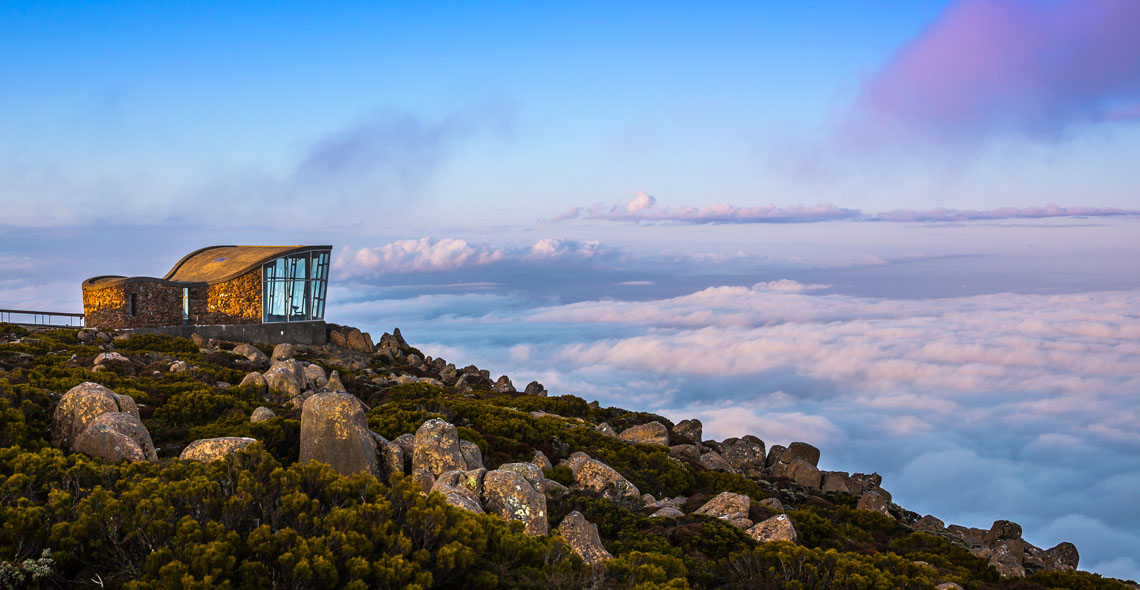 Mt Wellington Visitor Centre – © @tassiegrammer on Instagram
Mt Wellington Visitor Centre – © @tassiegrammer on Instagram
2. Hobart Waterfront
The Hobart waterfront offers up too many photographic opportunities to count. Sunrise, sunsets, night photography and everything in between will keep photographers of all experience levels happy. The water around Sullivans Cove is great for capturing reflections, so “Golden Hour” (roughly the first hour of light after sunrise and the last before sunset) will produce great results. Night photography is a favourite for many local photographers as the lights come on and a range of colours shine through. The Hunter St end of the waterfront has a great view of Mt Wellington during sunset and the Tasmanian Museum & Art Gallery is a must to photograph across the water after dark.
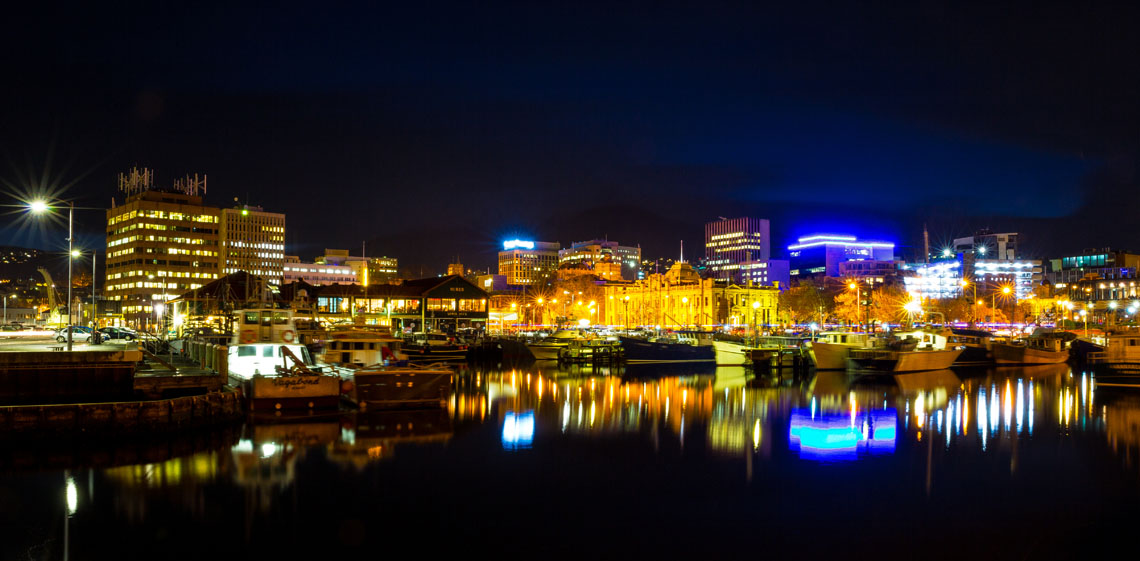 Hobart Waterfront – © @tassiegrammer on Instagram
Hobart Waterfront – © @tassiegrammer on Instagram
3. Mortimer Bay
Pack your neutral density filters, your tripod and a pair of Wellies and head over to Mortimer Bay during sunset. There may not be a more photographed fence anywhere in the world than the one marking the border of the bird reserve from the public beach. Mortimer Bay Reserve is only a 25 minute drive from the Hobart CBD on South Arm and for anyone into long exposure photography this is the place to be. The sun sets directly in front of you when facing Mt Wellington, and if there are a few clouds in the sky you are sure to get some interesting shots. Timing your visit with a high tide will get the best results. Watch out for resident Pied Oystercatcher birds, but remember that this is a protected breeding area so a telescopic lens will come in handy to capture them.
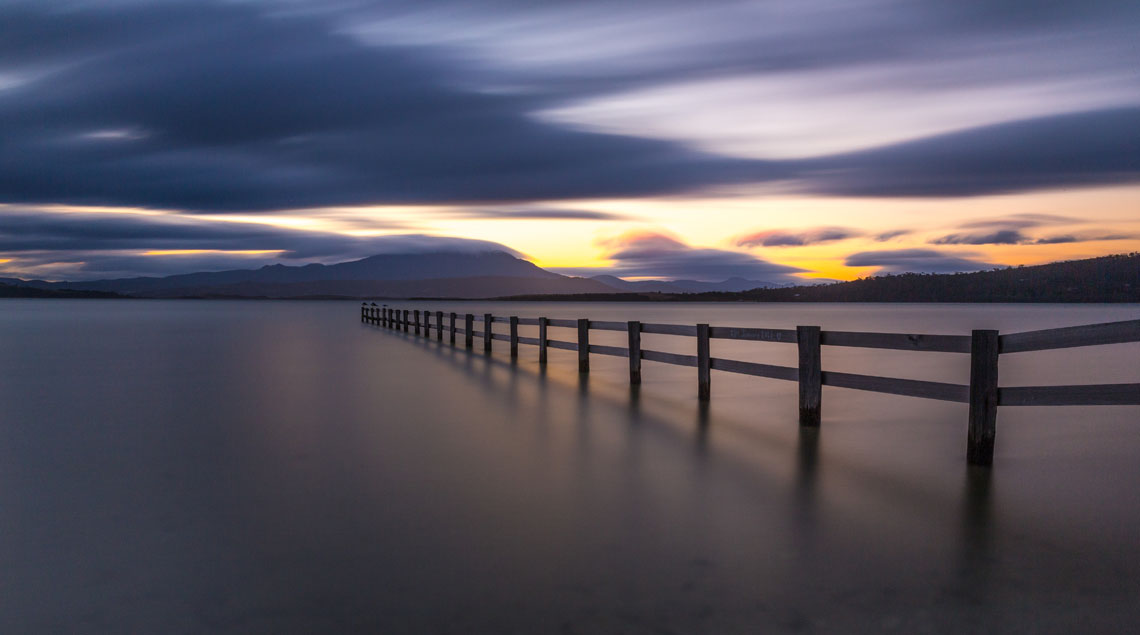 Mortimer Bay – © @tassiegrammer on Instagram
Mortimer Bay – © @tassiegrammer on Instagram
4. Tasman Peninsula
The Tasman Peninsula is an outstanding region of Tasmania for photographic adventures. Highlights include Cape Hauy, Tessellated Pavement and the surrounding Pirates Bay, Eaglehawk Neck, Port Arthur, Cape Raoul, Shipsterns Bluff, Dodges Ferry, Carlton Beach, Marion Bay and so much more. Pack some hiking boots, a light tripod and plenty of water and food because the walking tracks throughout the Tasman Peninsula will require a bit of energy to explore to their fullest. The coastline has some of the highest dolerite cliffs anywhere in the world and should not be missed. The Tasman Peninsula is too big to experience in just a day, so plan to stay a few to really make the most of the spectacular region.
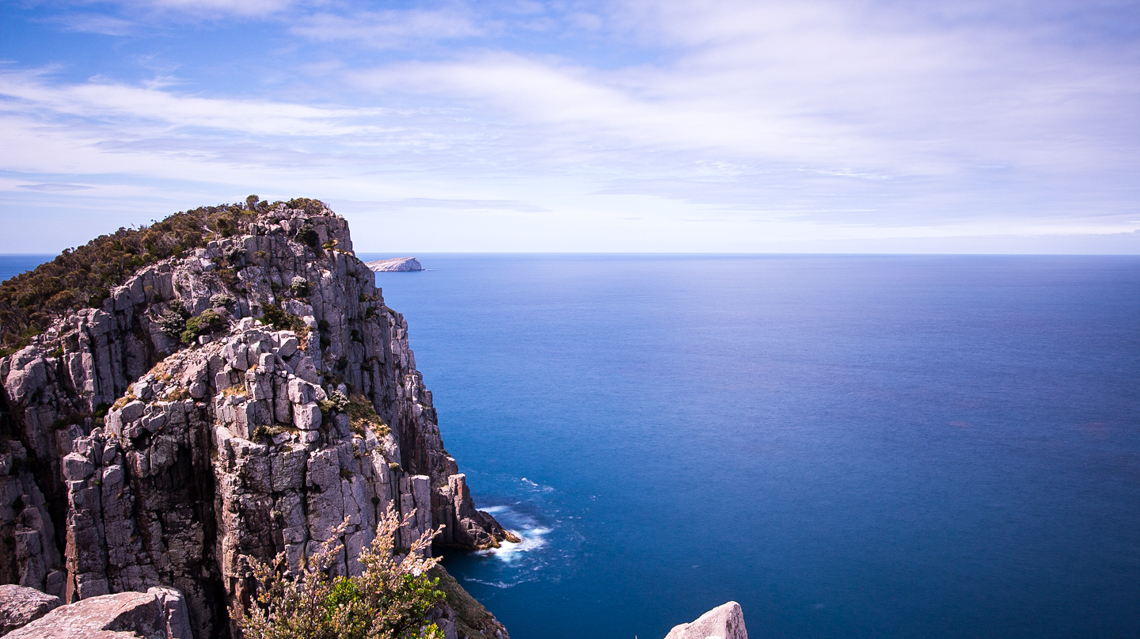 Cape Hauy – © @tassiegrammer on Instagram
Cape Hauy – © @tassiegrammer on Instagram
5. Gordon Dam
The enormous 140m high Gordon Dam is located 167km west of Hobart near the town of Strathgordon. Along the way you will pass through the Sentinal Range and Lake Pedder in the World Heritage Wilderness Area of Tasmania. In Winter you will see snow capped mountain peaks while Summer is great for dropping the roof on a convertible and cruising with the wind in your hair. The curves of Gordon Dam offer a great opportunity for photographers and the best time to visit is early in the morning or later in the afternoon when the sun is lower in the sky. A polariser filter is recommended to reduce the glare on the water and to make the most of the reflections or the clouds in the sky. Pack a picnic and enjoy a stop at Lake Pedder. If you are staying in the area overnight you will love the night sky over the lakes and dams as there is no light pollution, so be prepared for some great astro photography.
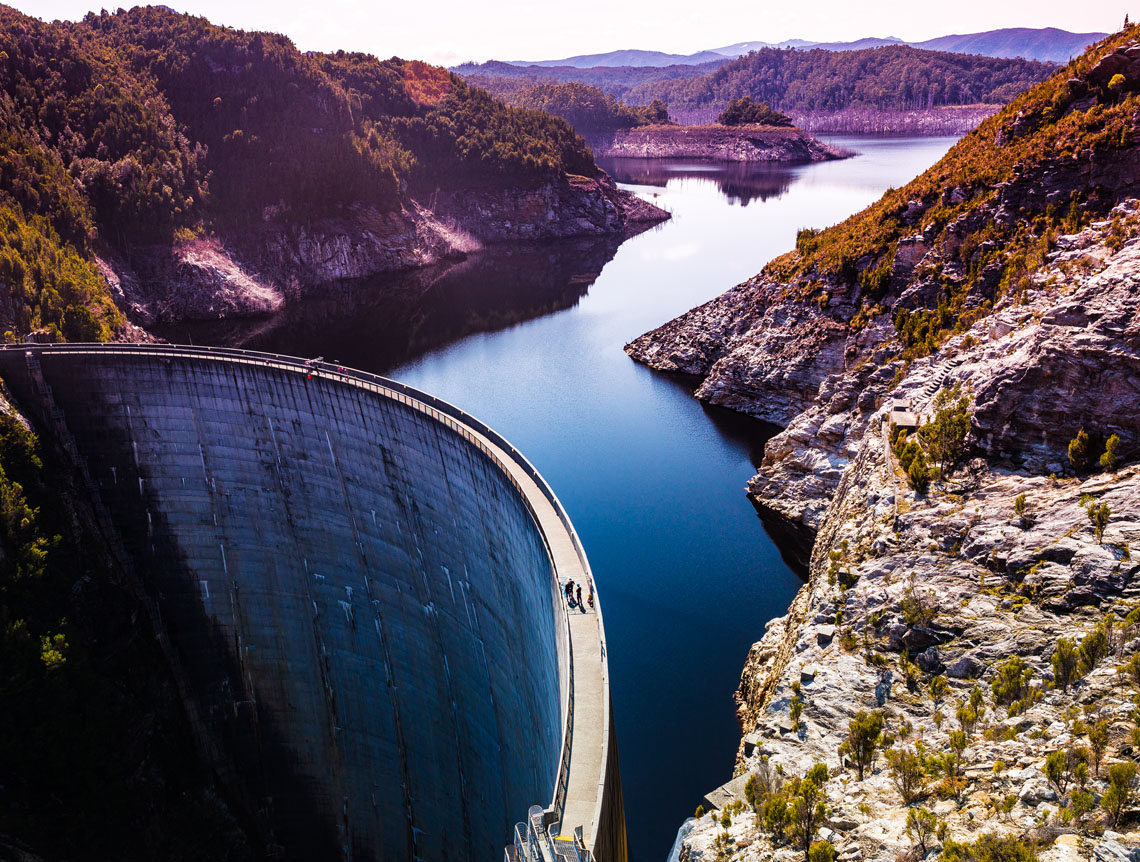 Gordon Dam – © @tassiegrammer on Instagram
Gordon Dam – © @tassiegrammer on Instagram
6. Richmond Bridge
The Richmond Bridge is Australia’s oldest bridge which is still in use. Construction was completed in 1825 on this heritage listed structure spanning the Coal River, approximately 30 minutes drive from the Hobart CBD. Those with keen eyes will notice the sign on the side of the bridge dated 1823 which is the year that construction started. The sandstone structure has many vantage points for those looking to photograph it, but be prepared to be patient to get your shots as it is an extremely popular destination for travellers and locals to visit every day of the week. The area around the town of Richmond is also very popular for astro photography so plan to stay a little longer and make the most of the clear night skies and low levels of light pollution.
 Richmond Bridge – © @tassiegrammer on Instagram
Richmond Bridge – © @tassiegrammer on Instagram
7. Huon Valley
When you are visiting the Huon Valley, something you will notice is how green the grass around the region is. The surrounding farmland is so fertile and it is almost like the “saturation” has been turned up on the entire area. The Huon River is the showpiece and a very popular destination for photographers. The stillness of the water is perfect for capturing reflections that almost resembles a mirror on some days. Sunsets and sunrises across the water produce some amazing results with the numerous yachts and boats adding interesting feature objects to images. The mountainous area known locally as Sleeping Beauty is fantastic during winter as the snow sitting atop Collins Bonnet resembles our own Tasmanian version of the Swiss Alps. A short drive further south past Huonville is the Hartz Mountain National Park with highlights like Lake Osborne, Arve Falls and Hartz Peak. The Huon Valley is an area rich with photographic opportunities. Take plenty of memory cards because there are so many things to photograph in every direction you look.
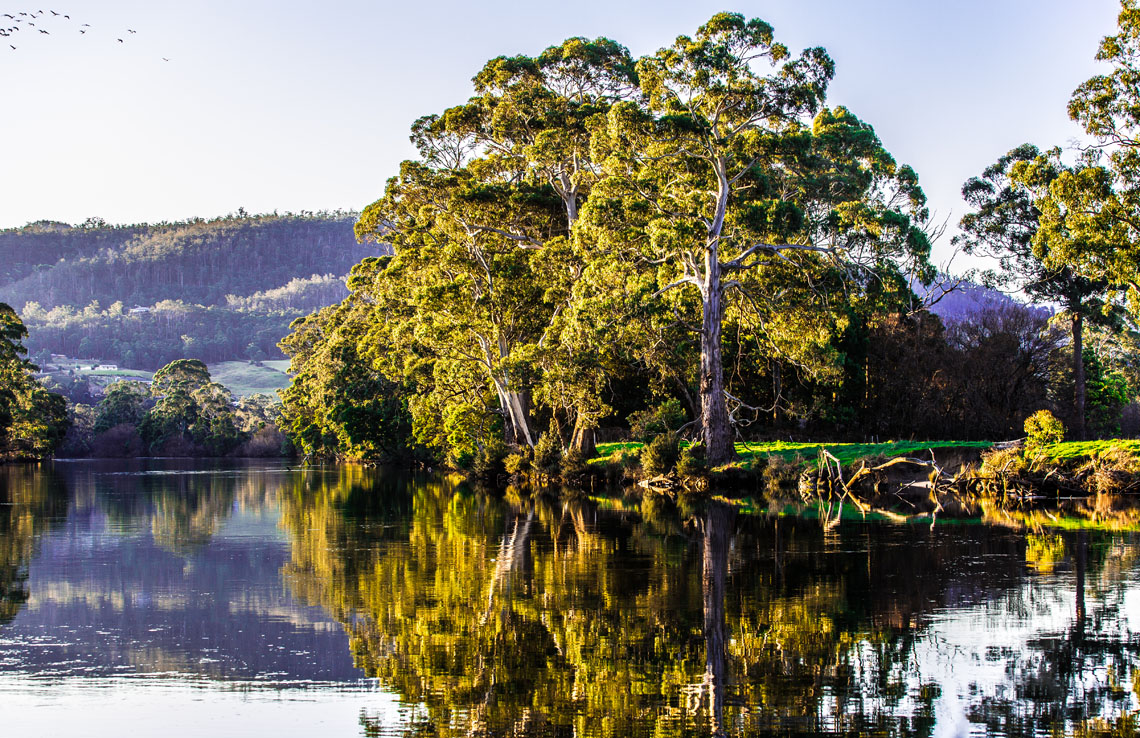 Huon River – © @tassiegrammer on Instagram
Huon River – © @tassiegrammer on Instagram
8. Mt Field National Park
There is no bad time to visit Mt Field National Park, but for photographic opportunities recent rainfall or melting snow will produce the best results for the local waterfalls. Russell Falls is without doubt the most popular local waterfall, but Horseshoe Falls and Lady Barron Falls should not be missed. But waterfalls are only some of the attractions to the area – the pandani around Lake Dobson, small glacial lakes of the Tarn Shelf and the fagus (deciduous beech) turning from red to gold during Autumn should not be missed. There is plenty of wildlife like the eastern quoll and the eastern barred bandicoot as well as glow worms for you nocturnal creatures. The drive to Mt Field National Park from Hobart only takes around an hour so it is an easy day trip.
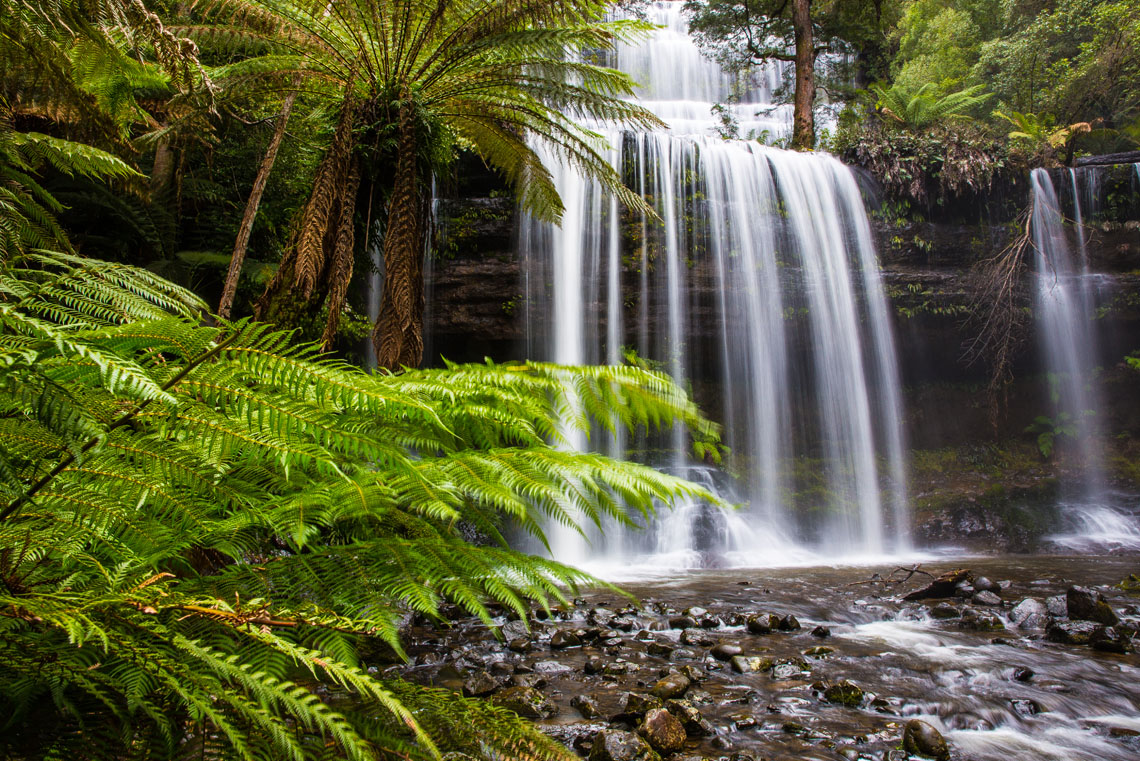 Russell Falls – © @tassiegrammer on Instagram
Russell Falls – © @tassiegrammer on Instagram
9. Bruny Island
Load the car up on the ferry from Kettering and be prepared for a photographic expedition on Bruny Island that will blow your mind. So where do we start? Dennes Point on the north end of Bruny Island offers great ocean vistas and views across the D’Entrecasteaux Channel towards Tinderbox. Further south along the island is Cape Queen Elizabeth Walk, a 3 hour return walk which leads to Mars Bluff and some amazing arch rock formations. Overlooking Great Bay and Storm Bay is the Neck Lookout offering stunning 360 degree views which have to be seen to be believed. Just below the Neck Lookout you will find a boardwalk and viewing platform where you will see penguins coming in to nest at dusk. Take care here and do not use a camera flash as this can disturb and scare the penguins. Keep driving to the south and you will come to Adventure Bay which has some of the most stunning sunsets you will see in Tasmania. But don’t stop here – make sure you visit the southern most point of Bruny Island to see the Cape Bruny Lighthouse, which was built in 1838 and is the oldest continuously manned lighthouse in Australia. Nature and landscape photographers will never want to leave Bruny Island.
 Adventure Bay Sunset – © @tassiegrammer on Instagram
Adventure Bay Sunset – © @tassiegrammer on Instagram

